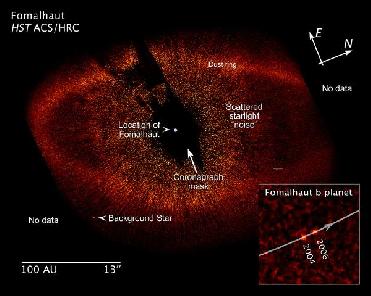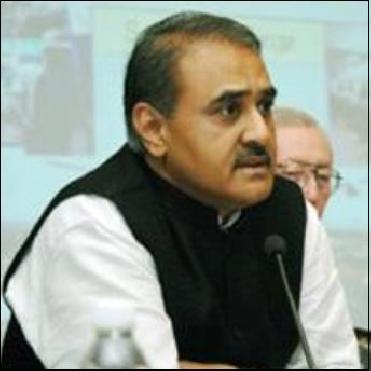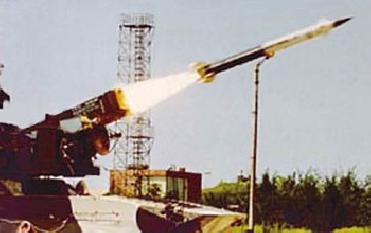
This annotated image shows key features of the Fomalhaut system, including the newly discovered planet Fomalhaut b, and the dust ring. Also included are a distance scale and an insert, showing how the planet has moved around its parent star over the course of 21 months. The Fomalhaut system is located approximately 25 light-years from the Earth. Credit: NASA, ESA, and Z. Levay (STScI)
NEW YORK (BNS): University of Rochester astronomer Alice Quillen's prediction in 2006 that a planet of a particular size and orbit must lie within the dust of a nearby star has come true.
�
The Hubble Space Telescope has photographed the planet around Fomalhaut. This is the second time that a prediction has been so accurate. The first was 160 years ago when Neptune was discovered.
�
Eugene Chiang, associate professor of astronomy at the University of California at Berkeley, and his team member who imaged the new planet around Fomalhaut, said that it was remarkable. "Alice saw the way the inner edge of the dust ring cut off sharply and recognised that a planet likely orbited just inside. The orbit we found was amazingly close to Alice's prediction," Chiang said.
�
Nick Bigelow, chair of the Department of Physics and Astronomy at the University of Rochester, said that this was a terrific achievement that showcases Alice's many talents.
�
"Just think, it has been over 160 years since the presence of a planet has been inferred and so quickly imaged, and that was a planet orbiting the Sun, not a star hundreds of trillions of miles away�.
Scientists announced on November 13 last that they had imaged a planet around Fomalhaut, a bright, nearby star surrounded by a ring of dust.
�
"One of the planets matches the planet Quillen predicted in 2006. Along with three other planets imaged concurrently by another team, this is the first planet outside the solar system to be directly imaged," they said.
�
Neptune, imaged in 1846, was inferred by its effect on the orbit of Uranus three years earlier, and marked the first time a planet being predicted before it was actually seen. In 2004, astronomers at the University of Washington predicted the existence of a planet around a sun-like star 212 light years away. The planet was confirmed in 2007 using a technique called radial velocity, but its image has not been resolved the way the Fomalhaut planet's has.
�
Quillen has worked for years to understand the way planets shape stellar dust disks like the one surrounding Fomalhaut. She is now one of the world's experts in predicting planet size and position from the features of a star's dust ring. She used Hubble Space
�
Telescope images that revealed that the ring of dust surrounding Fomalhaut was off-center. The images were also clear enough to show that the ring itself had a surprisingly sharp edge.
�
According to Quillen's calculations, the ring is elliptical because the planet's orbit around Fomalhaut is also elliptical � a curiosity in such a young system. When stars form from a giant cloud of gas and dust, the angular momentum of the cloud carries over to all the objects that form from the cloud, including new planets. Those new planets should initially orbit in roughly circular paths � not elliptical ones.
�
Fomalhaut's ring is offset by 1.4 billion miles, more than 15 times the distance from the Earth to the Sun, suggesting the hidden planet's orbit is also tremendously skewed.
�
Quillen continues to strengthen her planet-ring interaction models. Treating a dust ring like a hydrodynamic structure, for instance, is necessary for younger stars whose dust is relatively fine and acts more like a fluid � while the physics of dust particle collision become more important in older ring systems where the dust has begun clumping into larger bodies, says Quillen.
 Previous Article
Previous Article Next Article
Next Article













The Indian Air Force, in its flight trials evaluation report submitted before the Defence Ministry l..
view articleAn insight into the Medium Multi-Role Combat Aircraft competition...
view articleSky enthusiasts can now spot the International Space Station (ISS) commanded by Indian-American astr..
view article